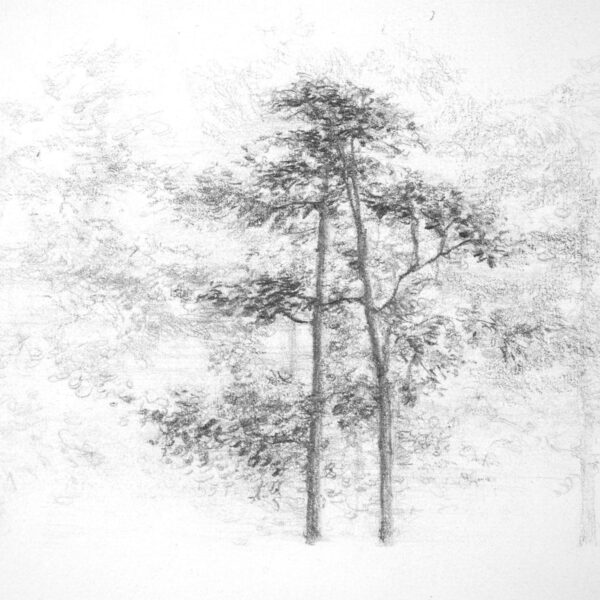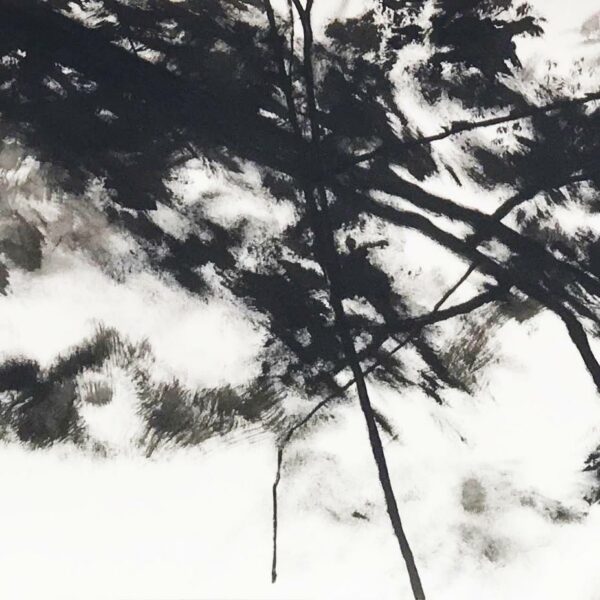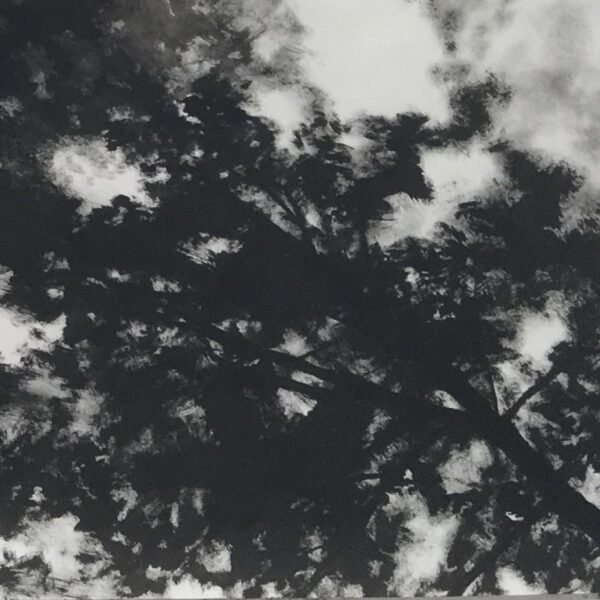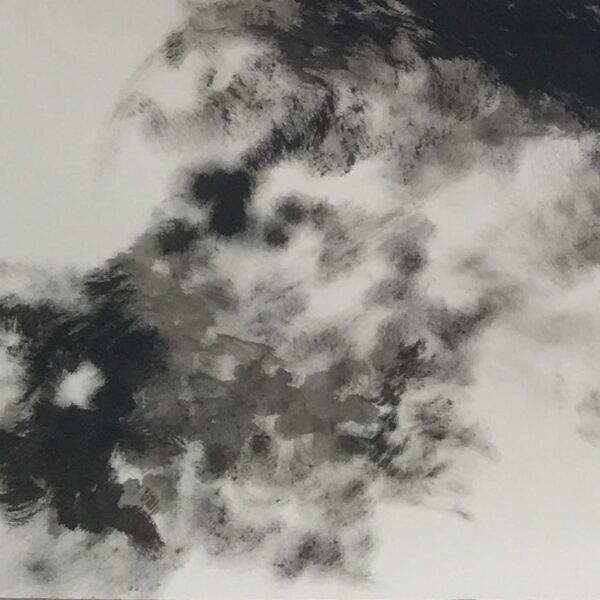









Drawing for Beginners – 8 weeks
Start Date: Wednesday 8/01/2025 (Weekly)
Time: 10:00am
Duration: 2.5 hrs
Price: £280.00
Ability: Beginner
Tutor: Rachel Labovitch
Tickets Available: 0
About this course
This class has already started! The next Drawing for Beginners course with Rachel Labovitch starts 2nd April book your place here.
Ignite your artistic potential with this 8-week beginner’s drawing course, designed to take you from pencil basics to beautifully composed artworks. Perfect for beginners—no prior experience needed!
This comprehensive course will be delivered by Rachel Labovitch, a highly accomplished visual artist whose practice is deeply rooted in the art of drawing (read more about Rachel here) at our inspiring studio in Twickenham.
Rachel's experienced and hands-on approach means you will receive step by step instruction & guidance, practice of techniques and group and individual feedback.
By the end of the course, you will have a clear understanding of drawing fundamentals, empowering you to continue your drawing journey with renewed confidence.
What you will learn:
Lesson 1 - All About Pencils
Knowing Your Tools - getting to know pencils, rubbers, different ways of holding and sharpening pencils and the different effects pencils can achieve.
In this session we will look at the different grades of pencil and their qualities, by creating a shaded drawing using pencils and rubbers to create light and dark effects. By the end of the session you will be able to name and identify
• pencils and their different grades and capabilities
• pencil grip, how to hold the pencil for different effects
• how and when to use putty rubbers and plastic rubbers
• which way to sharpen pencils depending on how you are using them
Lesson 2 - Lines and Measuring
Line is the first way we draw an image. Learn about line drawing using different exercises to loosen up, and how to use your pencil to measure distances in order to achieve the correct proportions.
In this session we will start by making some quick drawings to connect your hand and brain. We will then make still life drawings, employing the measuring technique which is a helpful aid in observational drawing by
• creating line drawings of a still life set up
• creating the illusion of form using line
• using a pencil to measure proportions
• blind contour drawing
Lesson 3 - Mark Making
Different types of marks in a drawing can add interest and variety, as well as achieving different patterns and effects.
In this session we will run through and test all of the main drawing terms, and then put these marks to use in a single landscape drawing.
By the end of the session you will have
• made a landscape drawing employing an array of marks
• explored different marks using a variety of pencils
• describe and illustrate a wide vocabulary of drawn marks
• studied other artists use of marks
Lesson 4 - Light
The way we render light in a drawing is one of the most important ways of creating a convincing three dimensional form.
This session is all about how light acts on surfaces, and we will learn about this by
• studying the way light falls on a sphere and how the shadow falls
• creating a drawing from a still life of spherical objects
• looking at edges and transitions of light
• employing our mark making techniques to render light and dark on a curved form
Lesson 5 - Looking at Tone
Tone (or value) is how light or dark something is. It is easy to make a drawing in black and white, but how do we make our drawings more subtle than just two tones?
This session will focus on the three main tones and how to use them in a drawing.
In this session we start to break down tones in a scene by:
• identifying the light, medium and dark tones in a scene
• drawing a tonal still life using the three main tones
• looking at the edges of tone
Lesson 6 - More looking at Tone (values)
Looking for and creating more than three tones in a drawing takes practice, this session will help you explore the concept of different tones.
This week we will explore more variety of tone and apply it to our drawings by
• drawing a value scale
• making a tonal drawing from a still life
• using a putty rubber to create different tones
Lesson 7 - Edges
Now we are seeing more tones, we need to look at the transitions from one tone to another. We look at the edges of tone, going from one tone to another, and the construction process of a shaded drawing.
This week we will explore transitions in tone by
• looking at shapes of light and dark in objects
• identifying hard and soft edges in a scene
• employing a ‘general to specific’ mindset in constructing a drawing
• making a drawing of well lit and curved objects, observing tonal transitions
Lessons 8 - Composition
This final week we will be studying composition - the layout of your drawing on the page and tips to make sure it works well. We will be drawing from the inspiring studio interior.
This final session you will combine elements learnt from previous sessions and employ basic rules of composition in your drawing by
• using viewfinders to select a view point
• create small thumbnail drawings
• recount and apply the rule of thirds
• using horizontals, verticals and diagonals
Rachel Labovitch is a highly accomplished visual artist whose practice is
deeply rooted in the art of drawing. With an MA in Drawing, Rachel’s work
has been exhibited both nationally and internationally, reflecting her mastery
of the medium. For over 20 years, she has balanced her studio practice with
a passion for teaching, developing innovative drawing-based programs for
schools, outreach organizations, and gallery spaces. Her academic
contributions include lecturing at prestigious institutions such as the
University of the Arts London and Kingston University.
Rachel’s career highlights include receiving an Arts Council England Grant
for a residency at Forty Hall in 2010, being shortlisted for the Ruskin
Drawing Prize in 2012, and winning second prize in the Diana Armfield
Drawing competition in 2019. Her solo exhibitions, such as "Skyward" at
The Garden Museum in London, have captivated audiences, showcasing her
ability to capture the natural world with a unique perspective.
Currently based in London, Rachel continues to teach painting classes in
Richmond and lead drawing workshops at Orleans House Gallery pursuing
her commitment to art education as well as continuing her own artistic
journey with an ever-evolving body of work.
Materials supplied: none
What to bring
2H, H, HB, B, 2B, 4B and 6B pencils, putty rubbers, plastic rubbers, 180gsm cartridge paper and sharpeners
Class format and activities
Group and individual demonstration, step by step instruction & guidance, practice of techniques, group and individual feedback.
Sorry, this event is now sold out
Event FAQs
“Taking the time to learn in the inspiring environment of Colne Road Studios was such a treat! The group was welcoming and supportive and Rachel is an extremely talented and generous teacher, sharing her skills and knowledge to give us fresh perspectives and a wealth of useful advice and feedback. I felt my ability and interest in drawing had been revived after many years dormant, learning how to observe as well as how to draw. I would encourage anyone willing to pick up a pencil to have a go, and have already signed up to Rachel’s next course! “CB March 2025
A CPZ is in force from Mon to Sat 8.30 – 6.30pm
Limited paid spaces available in surrounding roads with Ring Go cashless Parking
Max stay 4 hours during operational hours
Holly Road Car park, behind Marks & Spencer TW1 4HF
Mon to Sat – 8am to 6.30pm.
This car park is accessible and free to park in outside of these hours. Max stay 4 hours during operational hours – walking to the Studio approx 9mins
At the moment the courses at Colne Road Studios are designed for adults over the age of 18 . The aim is to create a relaxed environment, provide a bit of an escape and switch off from every day responsibilites. We are not able to accommodate children in our classes, nor do we provide children’s classes at this time.
To secure a course, please book at least 8 days before the listed course start date.
Any course with no bookings 8 days prior to it’s start date will then be removed from the website .
Courses with fewer than 3 participants may be cancelled, with 5 days’ notice given to those who had enrolled.
You will be notified by email if this happens, unless you would like us to text you instead, but please let us know.
A refund for the full course value will then be made.
Please bare with us . This might take 5-10 days to come through.
All of our longer courses are exchangeable up until 28 days prior to the start of the course. After this, you are able to change your booking to a different course for a £20 admin fee. Please note that from 14 days prior to the start of the course, your booking is non-refundable and non-exchangeable.
Our refund policy is strict because it enables us to pay ourselves and our tutors a fair wage, and remain accessible as a studio. Every time we are asked to to accommodate a refund request , we would be forced to lower our staff wages or increase our prices – both of which we really want to avoid. We hope you understand that this is why there are no exemptions to our refund policies.